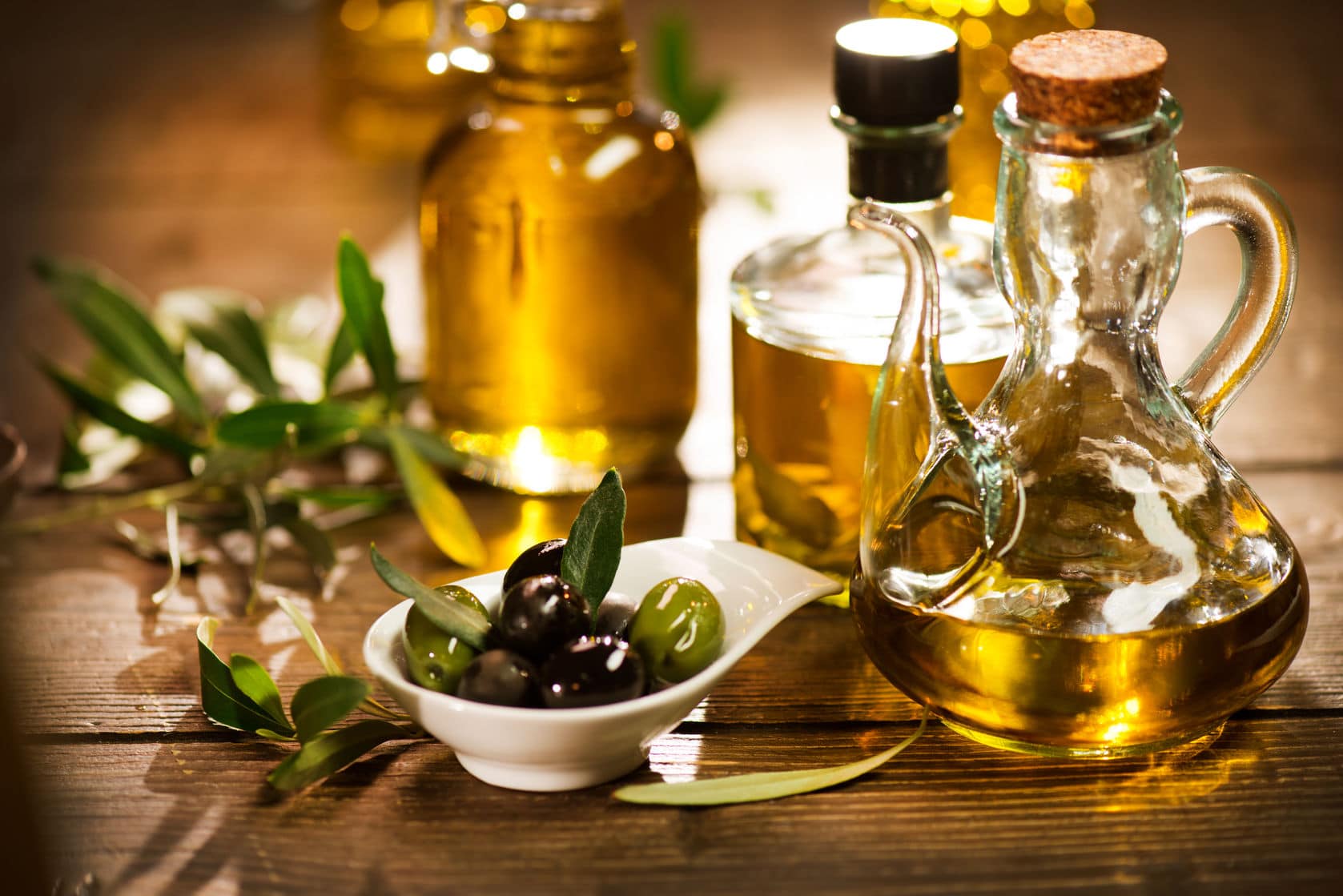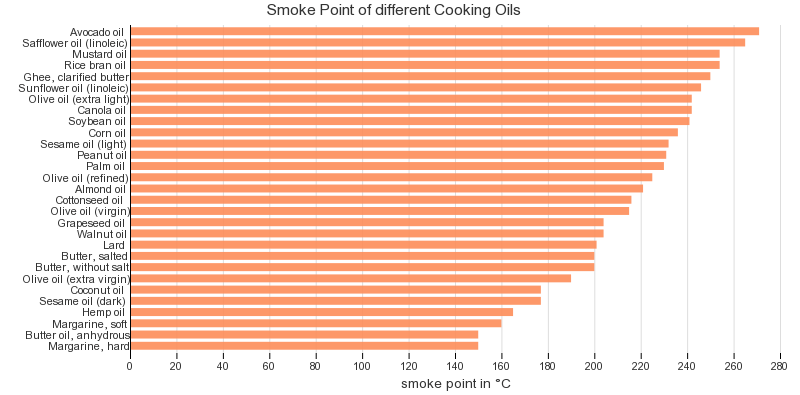Clinical Nutrition Assistant, Rachel Naar, discusses which oils are better suited for specific types of cooking and baking. She includes a cheat-sheet of sorts as a guideline to follow for all oil based cooking and baking.
Start the New Year Right by Cooking Smarter with Oils
Oils Sources
Fats and oils contribute to flavor, color, texture and mouthfeel. High heat frying (350-450°F) enables quick heating of food. However, it is important to note:
- Not all fat is suited for high temp of deep frying.
- Oils used for frying should be 100% fat.
- Vegetable Oils work great (except for Olive Oil or Sesame Oil)
- Oils with minimal flavor wont overpower flavor of food.
- NOT RECOMMENDED: Butter or Margarine, because they are not 100% fat.
Oils, which can be great for cooking, are derived from a variety of seeds, fruits, nuts and they can differ dramatically in taste, color, and texture.
Vegetable Oil Sources: Soybeans, Rapeseed (Canola), Corn, Sunflower, Cottonseed, Safflower Seed
Fruit Oil Sources: Coconut, Palm Kernel, Palm, Olive
Nut Oil Sources: Almond, Peanut, Walnut
Extraction Process
The extraction of the oil can make a big difference in not only how it is broken down and digested in our bodies, but also how it tastes and performs in the kitchen. We’ve listed the extraction processes below in order of our favorites which we highly recommend to the least desirable processes which should be limited or avoided if possible.
WE HIGHLY RECOMMEND:
Cold-Pressed: Seeds mechanically pressed against a press.
Expeller Pressed: Squeezing seeds at very high temperatures.
AVOID/LIMIT INTAKE:
Chemical Solvents: Removing oil with solvent. This process is the cheapest, and can be applied to any low oil content raw materials. The issue is that hexane is used, which is highly flammable, and often times reused. Solvents can irriate and damage the skin/eyes and respiratory tract, as well as cause narcotic effects on our nervous system.
Refining: Removes impurities (water, resins, gums, color compounds, soil) that can adversely affect flavor, color, smoke point, shelf-life. Refined Oils—Unrefined Oils are best.
Winterized Oils: Certain fatty acids removed to prevent crystallization & cloudy appearance.
Hydrogenation: Makes fats & oils more solid and enables higher heating temperatures which increases shelf life. TRANS FATS, BUYER BEWARE!
Top 3 factors to consider when cooking with oils
- % Fat
- Flavor
- Smoke Point (temperature at which fat or oil begins to smoke – fat will break down/deteriorate)
Cooking with Oils
The higher a fat’s smoke point, the more cooking methods it can be used for.
For Searing: With searing, the goal is to heat meat as rapidly as possible to promote the Maillard reaction (browning).
We Recommend: Peanut, corn, vegetable oil, heat it until it just starts smoking, then sear away.
For Sautéing: Heat a small amount of oil until shimmering or, at most, lightly smoking, and then add your ingredients, stirring as per recipe directions.
We Recommend: Virgin and Extra Virgin EVOO work great, but keep an eye on your stove.

